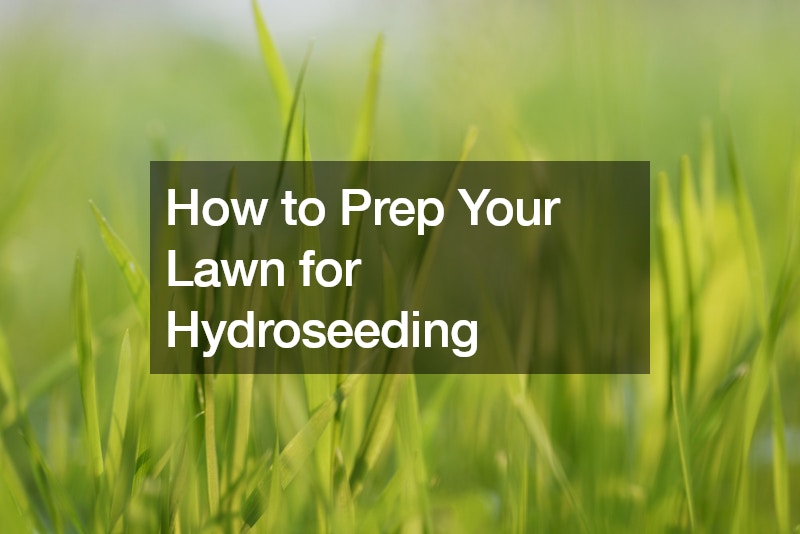Having a lush, green lawn is a dream for many homeowners, but achieving and maintaining it can often be challenging. In this article, we’ll discuss common lawn care mistakes to avoid and answer the most frequently asked questions to ensure your lawn stays healthy and vibrant. With the right knowledge and practices, you can transform your lawn into a beautiful, green oasis.
How Can I Prevent My Lawn from Turning Brown?
Over-Watering vs. Proper Irrigation
Understanding the balance between over-watering and proper irrigation is crucial in maintaining a green lawn. Too little water can cause grass to dry out, while too much can lead to root rot and fungi. It is essential to learn how to schedule watering effectively to prevent brown patches and promote healthy root growth.
The key to proper irrigation lies in knowing your lawn’s specific needs. Most lawns require about one inch of water per week, including rainfall. Water your lawn deeply and infrequently to encourage deep root systems, which help in drought conditions.
Poor Soil Drainage Issues
Poor soil drainage can contribute to your lawn turning brown by creating waterlogged conditions. Excess water in the soil can suffocate grass roots and lead to fungal diseases. Identifying drainage issues early can help implement effective solutions to improve soil health and drainage.
Amending soil with organic matter like compost can improve its structure and drainage capacity. This not only allows better water infiltration but also enhances the soil’s nutrient profile, supporting lush, green growth. Consider aerating your lawn periodically to alleviate compacted soil conditions.
Importance of Nutrient Management
Nutrient management is vital in preventing brown patches and keeping your lawn vibrant. Grass requires essential nutrients like nitrogen, phosphorus, and potassium to thrive and maintain a green appearance. Ensuring your lawn receives a balanced supply of these nutrients is key to sustaining its health.
Regular soil testing can help determine any nutrient deficiencies or imbalances in your lawn. Based on the results, appropriate fertilizer applications can be planned to meet the soil’s specific needs. Adjusting soil pH, if necessary, enables optimal nutrient absorption by grass roots.
By integrating organic fertilizers into your lawn care routine, you can enhance soil health while providing necessary nutrition. These practices will encourage strong root development and vibrant grass growth. Nutrient management is fundamental in maintaining your lawn’s lush green appeal.
What Are Common Lawn Care Mistakes That Lead to Weeds?
Ignoring Proper Mowing Practices
Mowing height and frequency can significantly impact weed growth and overall lawn health. Mowing too short weakens grass, allowing weed seeds to establish easily. Maintaining the appropriate mowing height based on grass type can promote stronger and more resilient lawns.
Frequent mowing, adhering to the one-third rule, helps maintain a thick lawn that prevents weed invasion. Grass clippings, when left on the lawn, act as a natural mulch, retaining moisture and returning nutrients to the soil. Proper mowing fosters a healthy lawn environment less prone to weeds.
Overlooking Fertilization Timing
The timing of fertilization is critical in preventing weed growth and maintaining a healthy lawn. Applying fertilizer at the wrong time can encourage weed proliferation rather than nourishing grass. Understanding the growth cycle of your lawn aids in scheduling fertilization for optimal results.
Fertilizing during the active growth phase of your specific grass type ensures that nutrients are absorbed effectively. Conversely, late-season applications can benefit roots over winter, strengthening the lawn overall. Proper timing prevents nutrient wastage and inhibits weed seed germination.
Lack of Regular Weed Control Measures
Proactive weed control is essential in maintaining a weed-free lawn and preventing common lawn care mistakes. Leaving weeds unchecked allows them to spread rapidly, outcompeting grass for nutrients and water. Incorporating regular weed control measures is critical in any lawn care routine.
Early identification and removal of weeds like dandelions and crabgrass can prevent them from seeding and multiplying. Integrated pest management strategies, including the use of pre-emergent herbicides, can stop weeds before they sprout. Consistency and observation are key in effective weed control.
Creating and maintaining a greener lawn requires understanding and avoiding these common lawn care mistakes. By addressing these issues, you can enjoy a healthy and weed-free lawn that enhances the beauty of your home. Remember, a little knowledge goes a long way in achieving lawn perfection.
.




